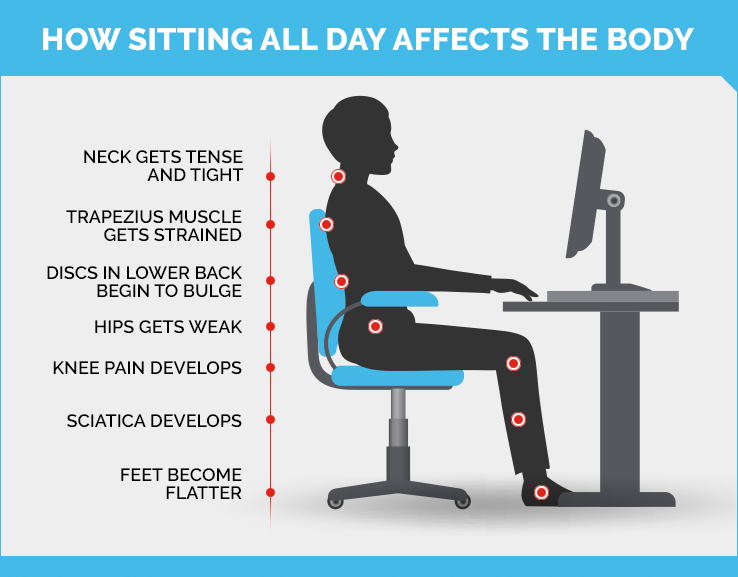Webster’s Dictionary defines comfort as a state or feeling of having relief, encouragement and enjoyment. Richards stressed that comfort is a state of a person involving a sense of subjective well-being, in reaction to an environment or situation. De Looze et al. summarized various explanations of comfort by predecessors, and believed that the following points are generally accepted and not disputed. Comfort is a subjective structure of human nature; Comfort is affected by many factors, including material, physical, and psychological; Comfort is a kind of human response to the environment.
Shen and Parsons believed that the so-called discomfort is the general and subjective feelings when people’s physical balance or mental health, or both are adversely affected. Steinmetz believed that discomfort is a lack of comfort or lightness, feeling hard or mild pain.
Hertzberg pointed out that comfort and discomfort are generally considered to be two perceptual states. The so-called comfort is the absence of discomfort. The experience of discomfort is the fundamental indicator of comfort. He also believed that time should be taken into consideration when explaining comfort and discomfort. Shackel et al. believed that comfort and discomfort are two opposites of a continuous scale, which is an intermediate state between extreme comfort and extreme discomfort. Zhang et al. pointed out that based on the analysis and comparison of existing comfort research, comfort should refer to two aspects of comfort and discomfort, which are two different concepts. The absence of discomfort does not mean comfort, and the increase in comfort necessarily indicates a decrease in the degree of discomfort.
Sitting comfort and discomfort are two aspects of comfort and discomfort when sitting. Sitting discomfort is relevant to biomechanical factors and fatigue, while sitting comfort is more related to aesthetics and subjective feelings. DeLooze et al. further proposed a theoretical model of sitting comfort and discomfort. From the theoretical model, it can be seen that for sitting discomfort, it is more suitable to use objective measurement method for physical, biochemical, physiological and mechanical parameters of external factors or reactions. And for sitting comfort, it is said that perhaps more subjective measurement methods should be added.
